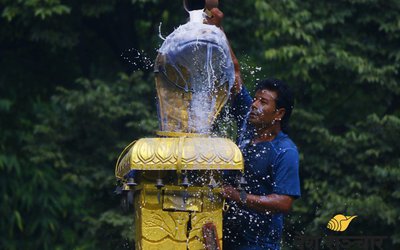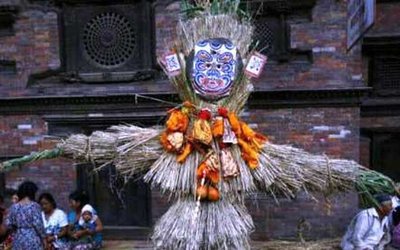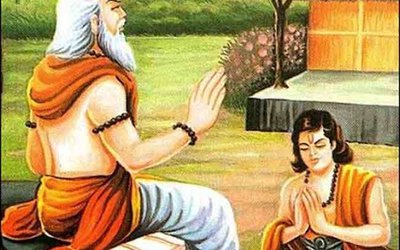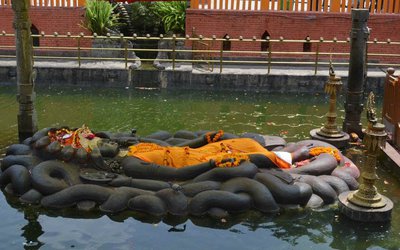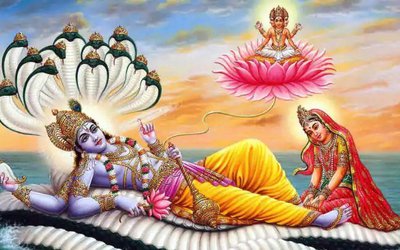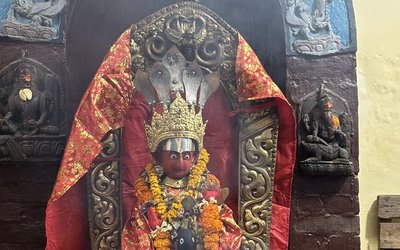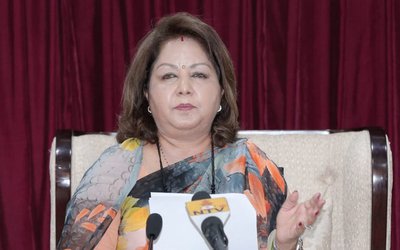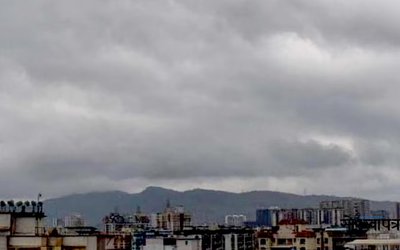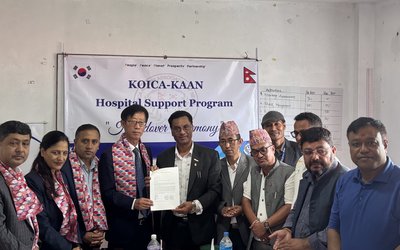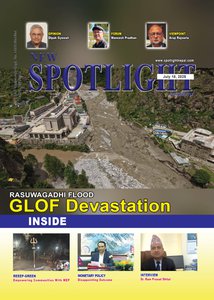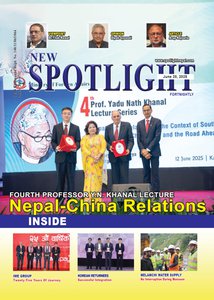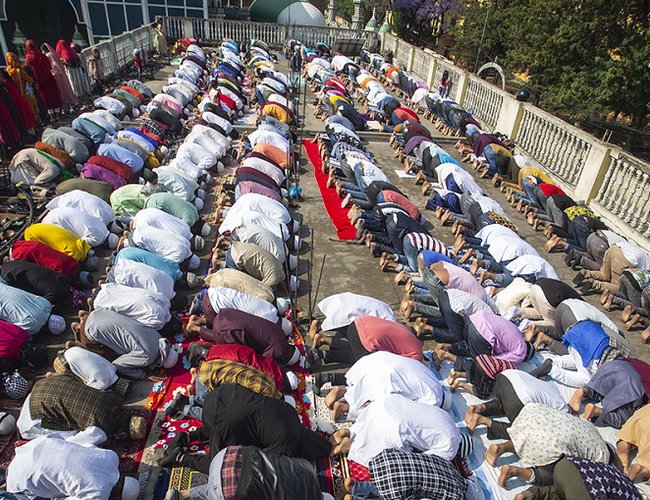
Muslims across the country are celebrating Bakra Eid (Eid al-Adha), the second major festival of Islam, at mosques today.
According to Islamic tradition, Bakra Eid is celebrated on the 70th day after Eid al-Fitr, also known as the festival of Ramadan. On this day, Muslims bathe early in the morning and gather at nearby mosques or Eid grounds (Eidgah) to offer communal prayers (Namaz). After the prayers, they exchange greetings and well-wishes.
On this occasion, mosques and Eidgahs across the country, including the Nepali Jame Mosque in Durbar Marg and the Kashmiri Mosque, are filled with large crowds of Muslims. The festival commemorates an event from 1,440 years ago in the Hijri calendar when, according to Islamic belief, Prophet Ibrahim was willing to sacrifice his son Ismail in obedience to Allah's command.
According to Islamic cleric (Maulana) Rahmat Ali, Prophet Muhammad (Peace Be Upon Him), born in Mecca in 571 AD, was a descendant of Ibrahim and continued this religious tradition. He significantly contributed to the spread of Islam and the celebration of this festival by compiling the Hadith, an important Islamic scripture.
“This scripture is now studied and taught in Islamic religious schools (madrassas). Prophet Muhammad, who was born in Mecca, moved to Medina at the age of 53. In remembrance of this, grand gatherings are still held in both of these holy places in Saudi Arabia,” he said.
It is considered auspicious to visit Mecca and Medina during this festival. The Ministry of Home Affairs facilitates air travel for pilgrims undertaking the Hajj pilgrimage. A Hajj Committee Secretariat has been established under the Ministry to manage these arrangements. Those unable to make the pilgrimage celebrate Bakra Eid at home.
The main essence of this festival is the Hajj pilgrimage. To please Allah, Muslims offer Qurbani (sacrifice) of animals that are permitted in Islam.
According to religious belief, when Prophet Ibrahim was 90 years old, he received a divine command to sacrifice his son Ismail, born to his wife Hajara. As he prepared to obey the command, Allah was pleased with his devotion and instead of Ismail, a ram from paradise was sacrificed. Muslims believe this tradition of Qurbani has continued ever since.
Childless, Ibrahim had prayed to Allah for a child. He had pledged that if Allah blessed him with a child, he would offer a sacrifice. According to the belief of Muslims, Allah, in order to test Ibrahim’s faith, told him in a dream to make a sacrifice.
Ibrahim offered many animals in sacrifice, but Allah was not pleased. Finally, he decided to offer his most beloved son as a sacrifice to please Allah. At that critical moment, his devotion passed the test, and instead of his son, a ram from paradise was sacrificed at the designated spot.
The meat from the sacrifice is divided into three parts. According to Islamic tradition, one part is given to the poor and needy, another part to friends and relatives, and the third part is kept for personal consumption. Based on this custom, the first day of Bakra Eid is being celebrated today.
Muslims typically celebrate this festival for three days, until Monday this year.
Mansur Hussain, the secretary of the Nepali Jame Mosque, stated that according to Islamic tradition, Qurbani (sacrifice) should be performed on all three days of the festival. On this occasion, the government has also declared a public holiday.
- Diplomatic Efforts On For Search, Rescue Of Nepalis Missing In Uttarakhand Floods: Minister Rana
- Aug 08, 2025
- PM Oli Expresses Sorrow Over Flood-Triggered Loss In Uttarakhand, India
- Aug 08, 2025
- Prime Minister Oli To Return Home Today
- Aug 08, 2025
- Monsoon's Influence To Prevail Across The Country Today
- Aug 08, 2025
- KOICA-KAAN Supported Primary Hospital, Thankot Worth NPR 14,04,895
- Aug 07, 2025
